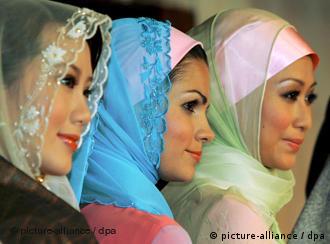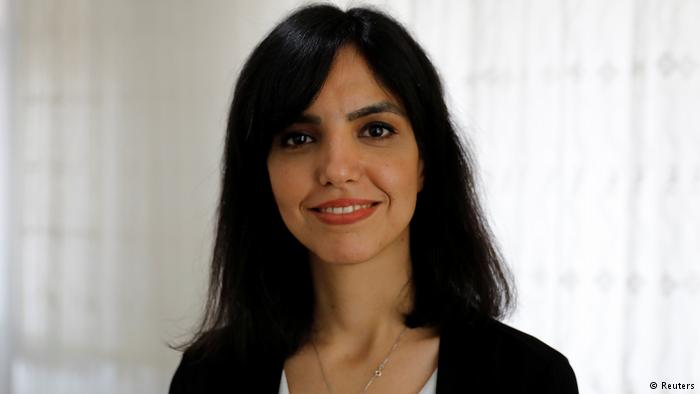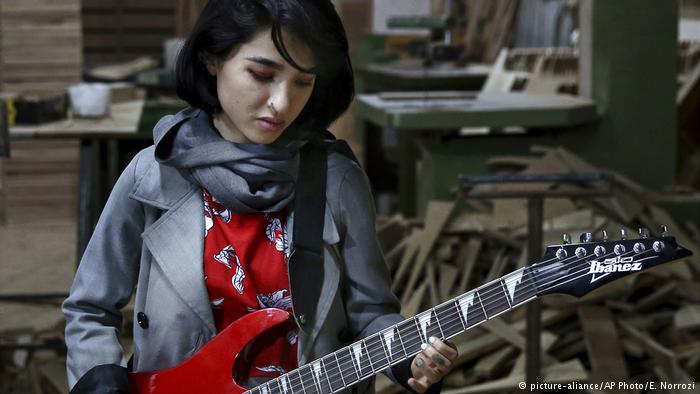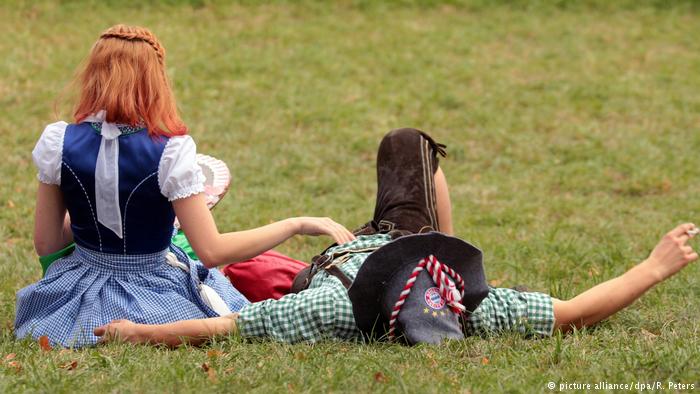A veiled strategy

Western societies are often criticized for stereotyping Islamic culture, especially the Muslim women, who are often judged by the media based on their dress code. But where do these stereotypes come from? Perhaps Muslim societies themselves are responsible for strengthening these stereotypes.
For instance, the Islamic concept of Hijab, or the veil, is mandatory according to Islamic teachings, for both Muslim men and women, and is not confined merely to the observance of specific clothing or headgear (or even the Saudi style Abayya). Yet, it is being cleverly manipulated as a political statement by orthodox Muslims the world over. This pigeon-holed imagery, following each news report dealing with Muslim women in the global media actually draws heavily on the radical transformation of predominant Muslim cultures.
Islamophobia to blame?
Unfortunately, western society’s reaction to these “symbols of Islamic identity” – coupled with a rampant Islamophobia – has indirectly added to the suppression of Muslim women caught between the clash of patriarchal power structures. The western discourse on purdah, or the veil, revolves around an overemphasis on “emancipating” the Hijab-clad Iranian or Saudi women or the introduction of xenophobic bans on the headscarves of Muslim immigrants at workplaces or campuses. On the other hand, the veil debate within the Muslim world categorically defines the Hijab as a religious imperative and a “basic right” of Muslim women, while men are ambiguously exempted from this fundamental religious obligation. From a different perspective, a headscarf puts the onus of the entire Muslim community’s honor and identity on a female who is usually viewed as a “frail creature” by this very community.
Escalated by geopolitical developments, the post-9/11 ideological conflict between the East and the West is instigating Muslim revolutionaries in general and women in particular to denounce western hegemony by simply asserting the “right to religious freedom.” Racist violence against orthodox Muslims, employed by the likes of Alex W who brutally killed a pregnantEgyptian in a German courtroomfor wearing the Hijab, is convincing more and more Muslim women to endorse the Hijab as a symbol of resistance. This phenomenon is more evident in the multicultural societies of Europe and America where one can’t differentiate a South Asian or Pakistani woman from a Saudi Arabian woman due to their “identical” Hijabs. The cultural diversity in this case seems to have gone unnoticed.
However, one step towards this reactionary activism or presumed “religious freedom” takes Muslim women a million miles away from intellectual liberty, since they rebel against insecurity by following the path of religious submission.
In modern Islamic societies, where political choices of women are usually influenced by the rhetoric of popular “televangelists” and local clerics, they are easily brainwashed into endorsing manipulative customs like the Hijab by radical groups. When common Muslim women in Pakistan celebrate “Hijab day” or their sisters protest against a ban on theHijab in Baku or Istanbul, they peddle the mainstream Islamists’ crusade against westernization, but are made to believe by the Muslim patriarchs that the covering their heads signifies a female’s “right” to wear what she “wants”. If this were the case, the Hijab rallies and protests would have been organized by feminists or women’s rights’ organizations instead of conservative religious parties.
The strategy
In an age of globalization and frequent immigration, conservative Muslim males have devised a “veiled strategy” in order to confront the cultural shock which exposes their families, particularly the women, to political and sexual liberation. The politics of the “veil” or the Hijab is a maneuver exploited by political Islam to control the social and sexual behavior of Muslim women. The pro-Hijab mindset does not seek multicultural harmony in a global world nor does it intend to eliminate racism or sexism. It is, in fact, threatened by those challenging the veil or sexual suppression, because the pro Hijab mindset is subject to patriarchal authority. Muslim women, by donning a Hijab to liberate themselves from western stereotypes, make the job of these patriarchs quite easy.
The Islamic concept of Hijab entails modesty and piety for both male and female believers. Interestingly, modern preachers conveniently omit the Quranic mention of the “Hijab for Muslim men” which requires observance of practical “purdah” thus making the imposition of veil on women somewhat irrelevant, or at least, complicated. You will never hear a cleric lecturing Muslim men for hours and hours on the virtues of modesty or guarding their virginity.
If the veil is a woman’s personal choice, then the junk food advertised by fast food giants is also a kid’s personal choice and fast food chains should not be criticized for promoting eating disorders and obesity among young children. A veiled woman or a “muhaajiba”’ is a consumer of branded Islam who is “made to choose” the product, i.e. the “purdah” or the Hijab often manufactured and marketed by the Salafi schools of Islam. Besides, why have Saudi Arabia and Iran made the veil compulsory by law if it is supposed to be a free choice?
Why should a woman’s body be the basis of faith for Muslims or any other religious group? The global debate around acknowledging the veil as a fundamental right of Muslim women is most often advocated by Muslim men to achieve their objectives, more than those of the women.
Author: Duriya Hashmi
Editor: Manasi Gopalakrishnan







